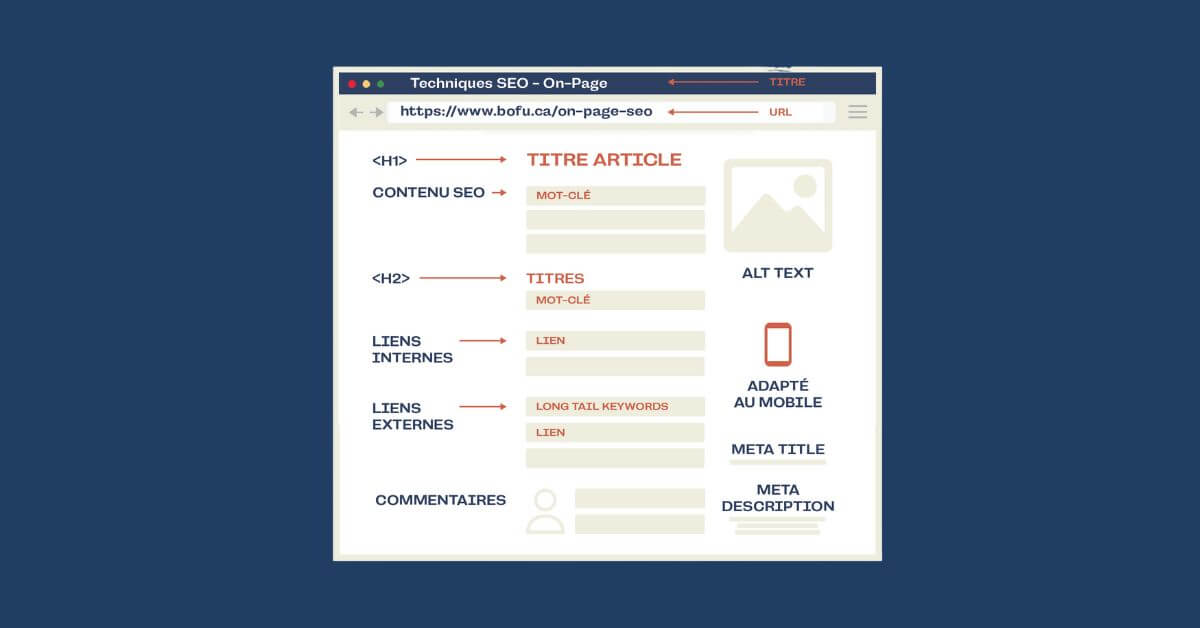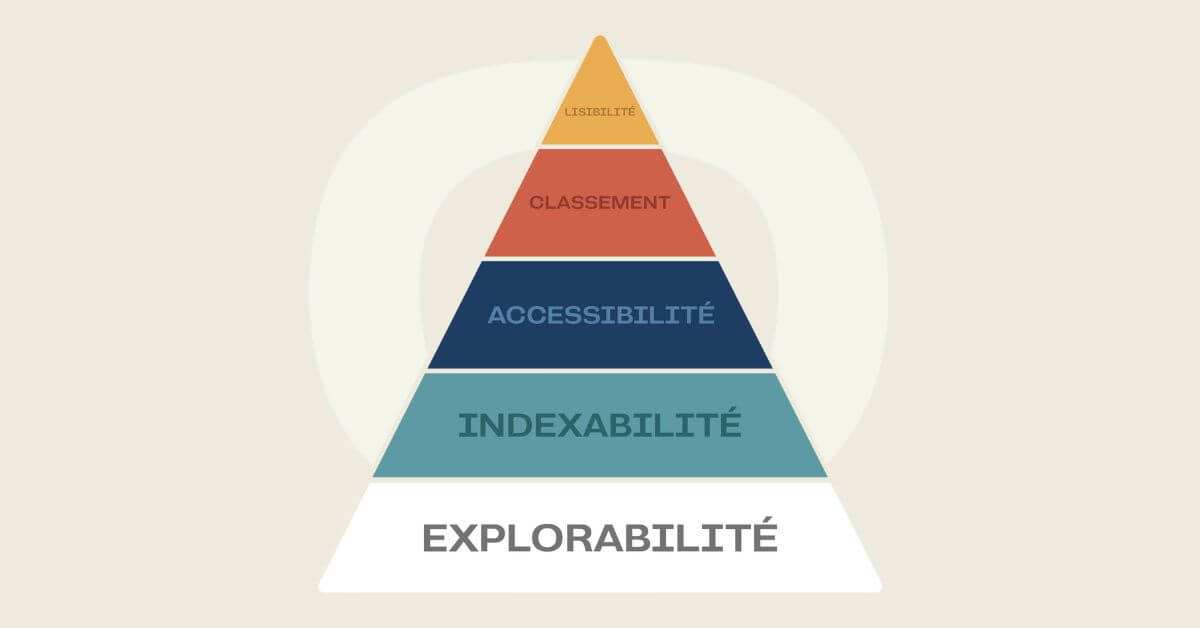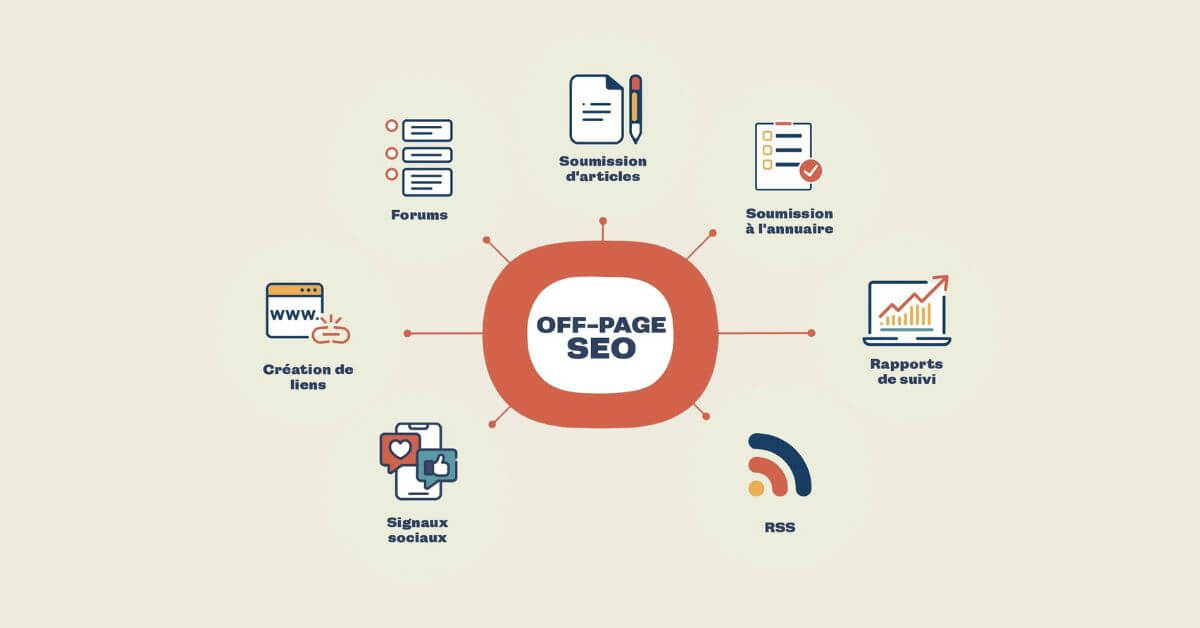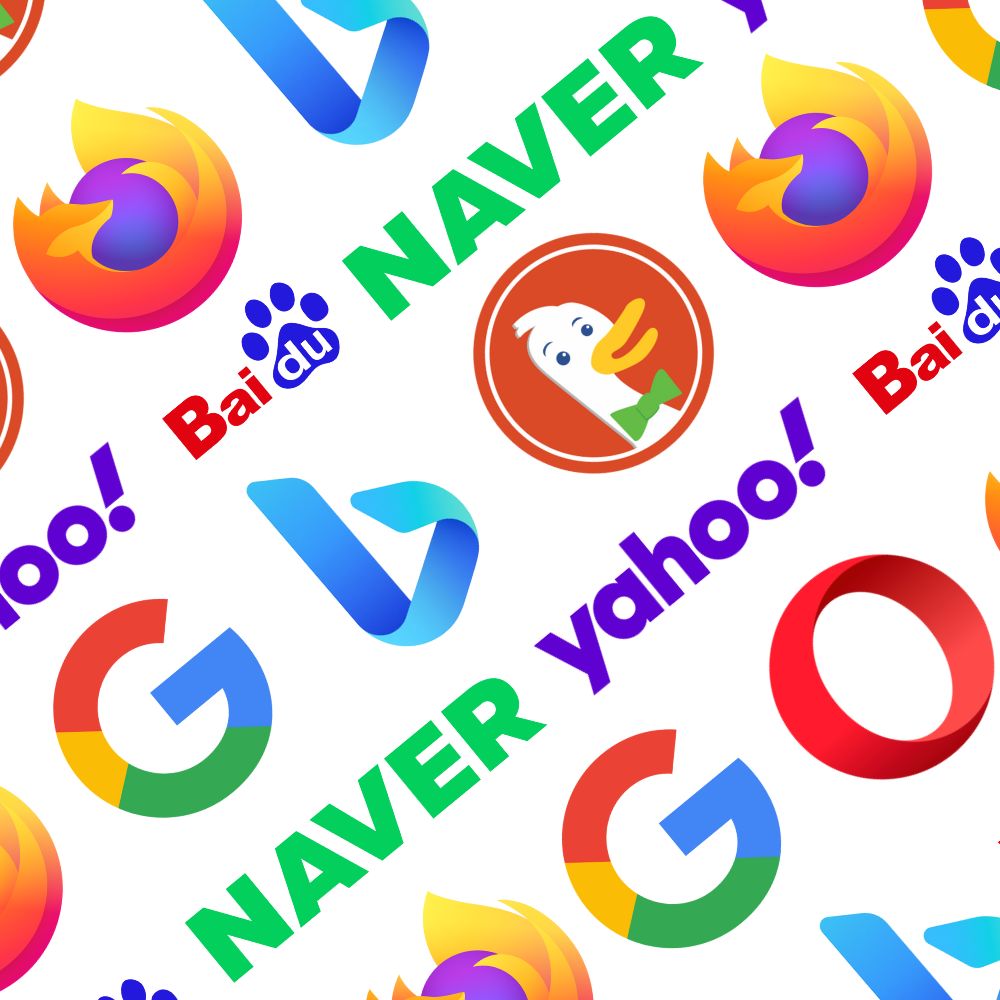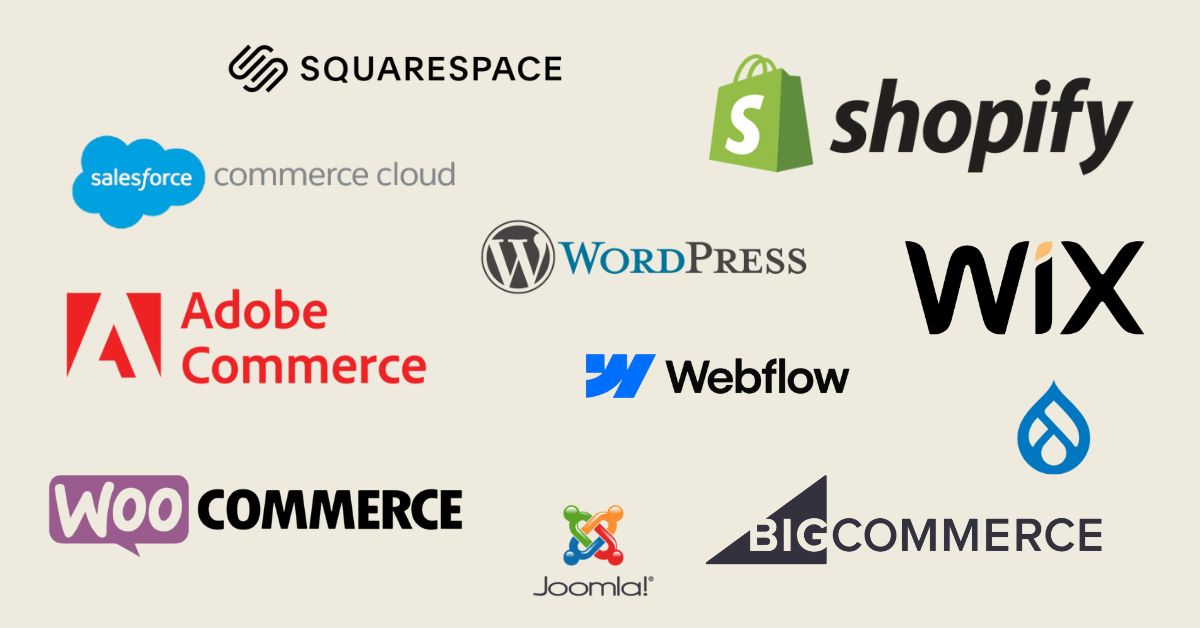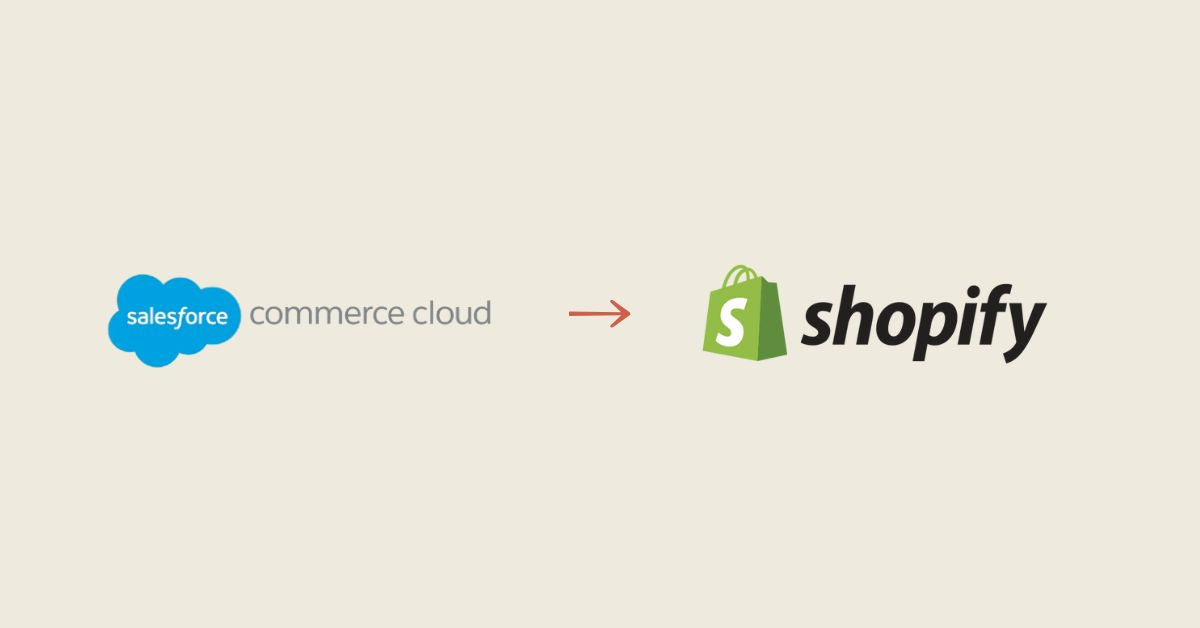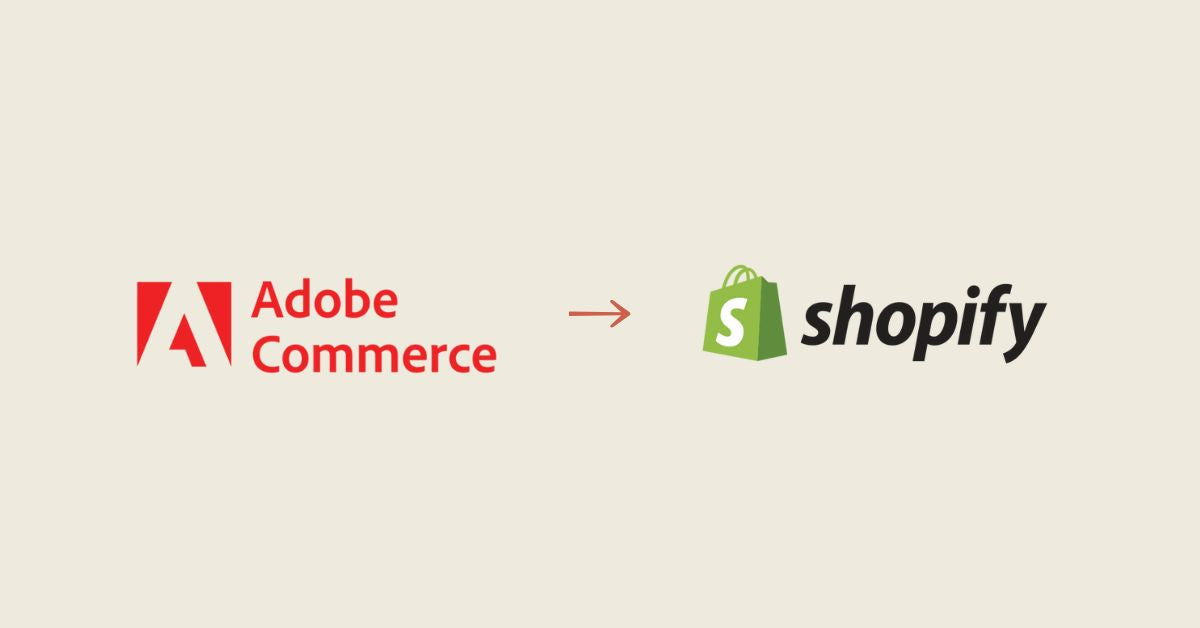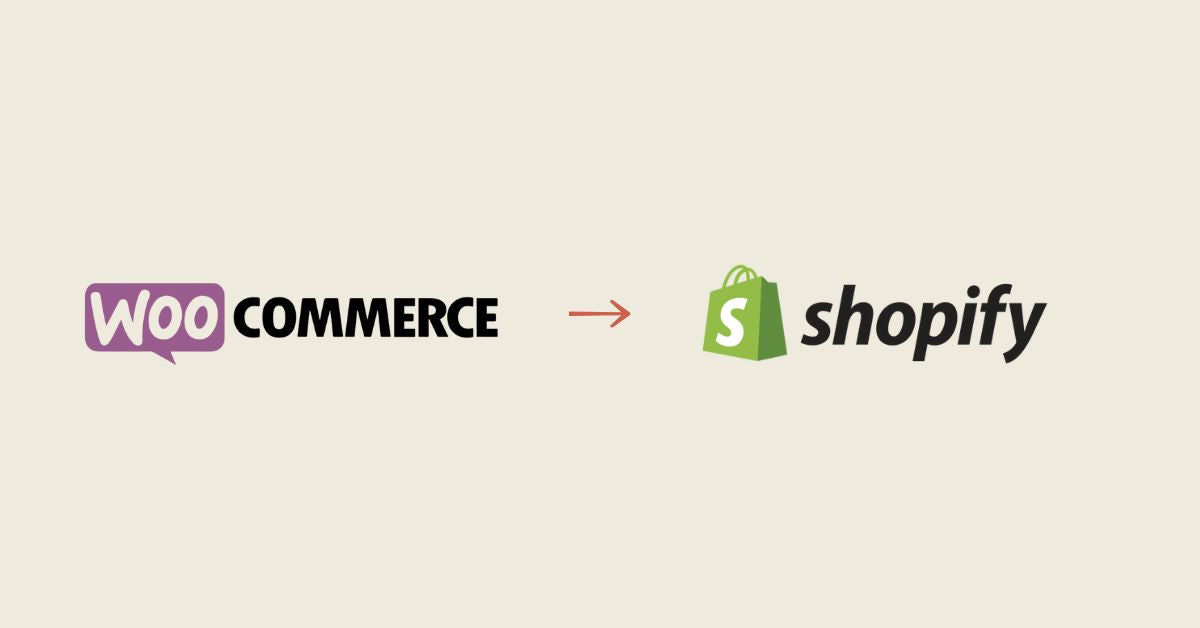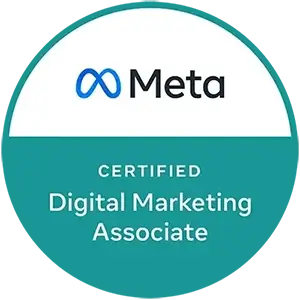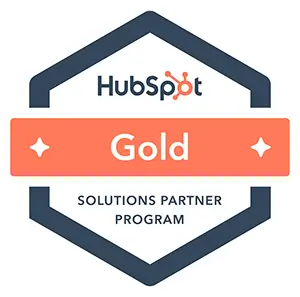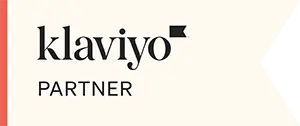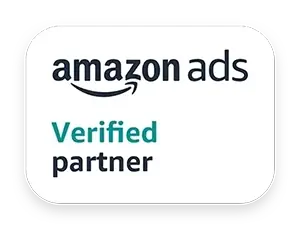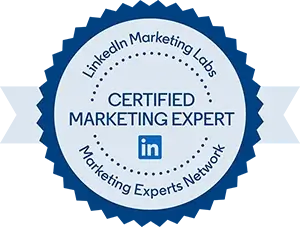Search engine optimization (SEO) includes several essential components, one of the most important of which is on-page SEO . Unlike off-page SEO , which focuses on external reputation and backlinks, on-page SEO directly concerns optimizations made to the content and structure of your web pages.
According to Moz , on-page SEO remains one of the most important factors in effectively ranking a site on search engines. This article will guide you through on-page SEO best practices, taking into account the specificities of service businesses as well as eCommerce stores. We will also discuss the integration of artificial intelligence (AI) techniques such as GEO, AEO, and AIO.
What is On-page SEO?
On-page SEO includes all the actions and optimizations implemented directly on the pages of your website in order to improve their understanding and relevance to search engines such as Google.
These actions include in particular:
-
Optimization of HTML tags (titles, meta descriptions, Hn tags).
-
Integrating relevant keywords into the content.
-
Effective structuring of content (paragraphs, lists, titles and subtitles).
-
Internal meshing (relevant internal links).
-
Optimization of images, videos and multimedia elements.
Google analyzes these elements to determine the relevance, usefulness, and quality of your content in order to give it better visibility in search results.
Why is On-page SEO essential for your SEO?
Without rigorous optimization of the content and structure of your pages, your other SEO efforts ( technical or Off-page ) will be limited. A good On-page strategy allows you to:
-
Effectively target relevant keywords to attract qualified traffic.
-
Increase the time users spend on your pages through useful and structured content.
-
Help Google better understand the topic your pages cover.
Best practices for effectively optimizing your on-page SEO
Optimize HTML tags: Title and Meta description
Each page must have a unique and descriptive title tag, including the main keyword targeted. This tag is essential for ranking on Google.
The meta description tag doesn't directly impact your ranking, but it does significantly influence your click-through rate (CTR). Write it to grab the user's attention and accurately describe the page's content.
Structure your content with headings and subheadings (H1, H2, H3)
A clear hierarchy of headings (H1 to H3 tags) allows for smooth reading for the user and optimal indexing by Google. Your main heading (H1) should contain the main keyword, while the H2 and H3 tags detail your subtopics.
Write relevant, high-value-added content (SXO)
Produce high-quality, informative content that accurately addresses user search intent. Search Experience Optimization (SXO) emphasizes positive user experience, an increasingly important factor in intelligent search engine rankings.
Integrate your keywords effectively
Use your primary and secondary keywords naturally throughout your text, without overusing them. Vary with synonyms and related expressions to enrich your semantics and strengthen Google's contextual understanding of the content.
Create an effective internal network
Internal linking involves connecting the different pages of your site together through relevant internal links. This practice improves both the user experience and the overall SEO of the site by facilitating navigation and indexing by search engines.
For example, an article about On-page SEO may naturally link to your technical SEO page or your multilingual and international SEO , depending on relevance.
Artificial Intelligence (AI) at the heart of On-page SEO
Generative Engine Optimization (GEO)
With the advent of generative search engines like Google Bard and ChatGPT, it's crucial to optimize your content for long, precise, and conversational queries. The GEO approach involves structuring your content to directly answer Internet users' most frequently asked questions ( Learn more about GEO ).
Answer Engine Optimization (AEO)
AEO aims to optimize your content to appear as a direct response in results provided by voice assistants and smart answer engines such as Alexa, Siri, and Google Assistant. Clear and direct content helps your visibility on these growing platforms ( Learn more about AEO ).
AI Indexing Optimization (AIO)
AIO refers to best practices for optimizing your content for better indexing by AI engines. A clear structure, appropriate semantic markup, and well-organized content facilitate indexing and visibility ( Learn more about AIO ).
Common mistakes to avoid in On-page SEO
-
Duplicate content : Avoid internal or external duplicates, as Google penalizes repetitive content.
-
Keyword stuffing : Too much repetition of a keyword makes it difficult to read and hurts your ranking.
-
Ignoring user experience : Content optimized only for bots loses its appeal and decreases conversions.
Conclusion: Effectively integrate on-page SEO into your overall strategy
On-page SEO is essential for successful SEO. Combined with a good off-page SEO strategy and a solid technical SEO approach, it helps build lasting visibility, suitable for both service businesses and eCommerce stores.
To obtain concrete and rapid results, trust our specialized SEO team:


